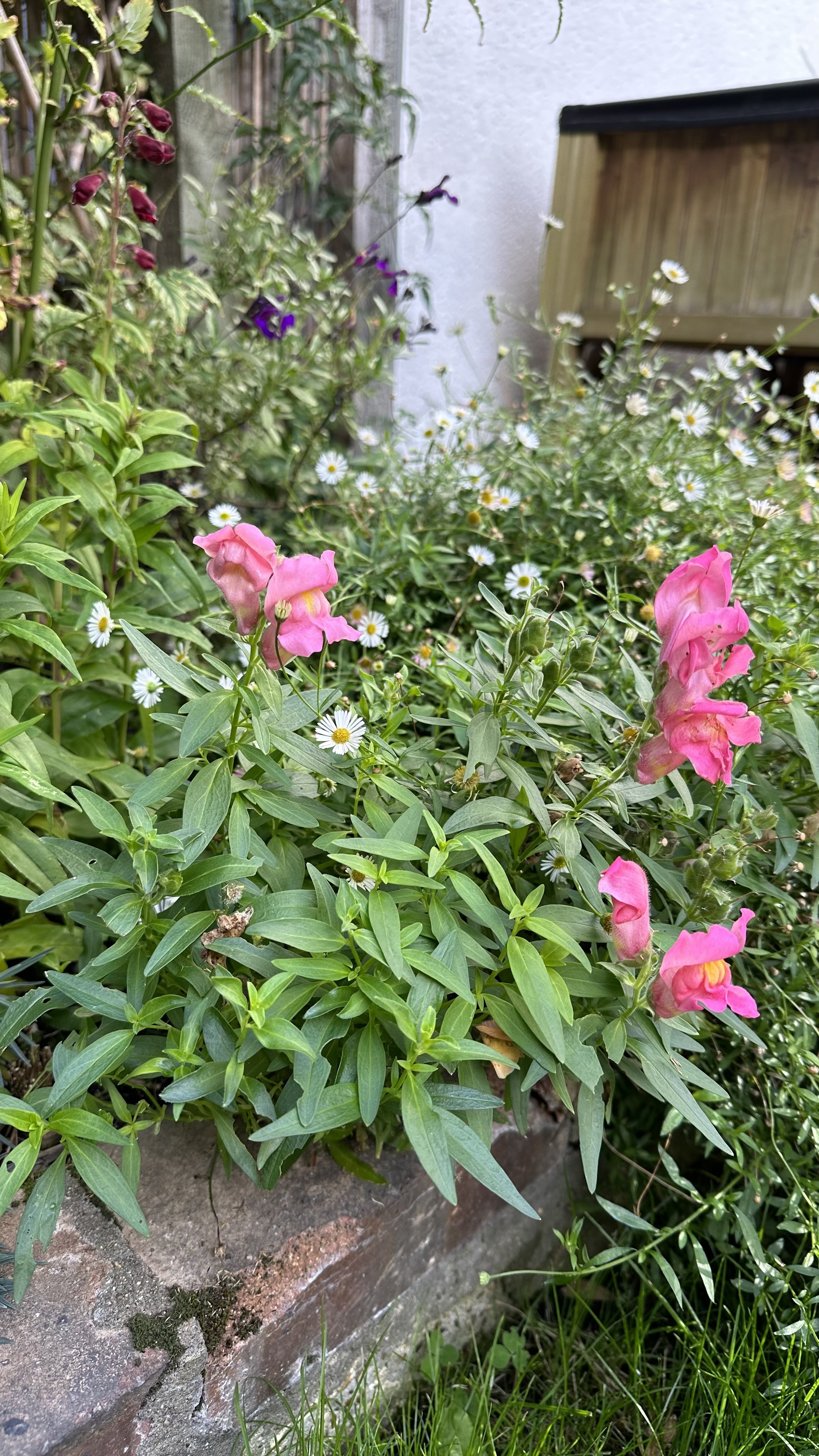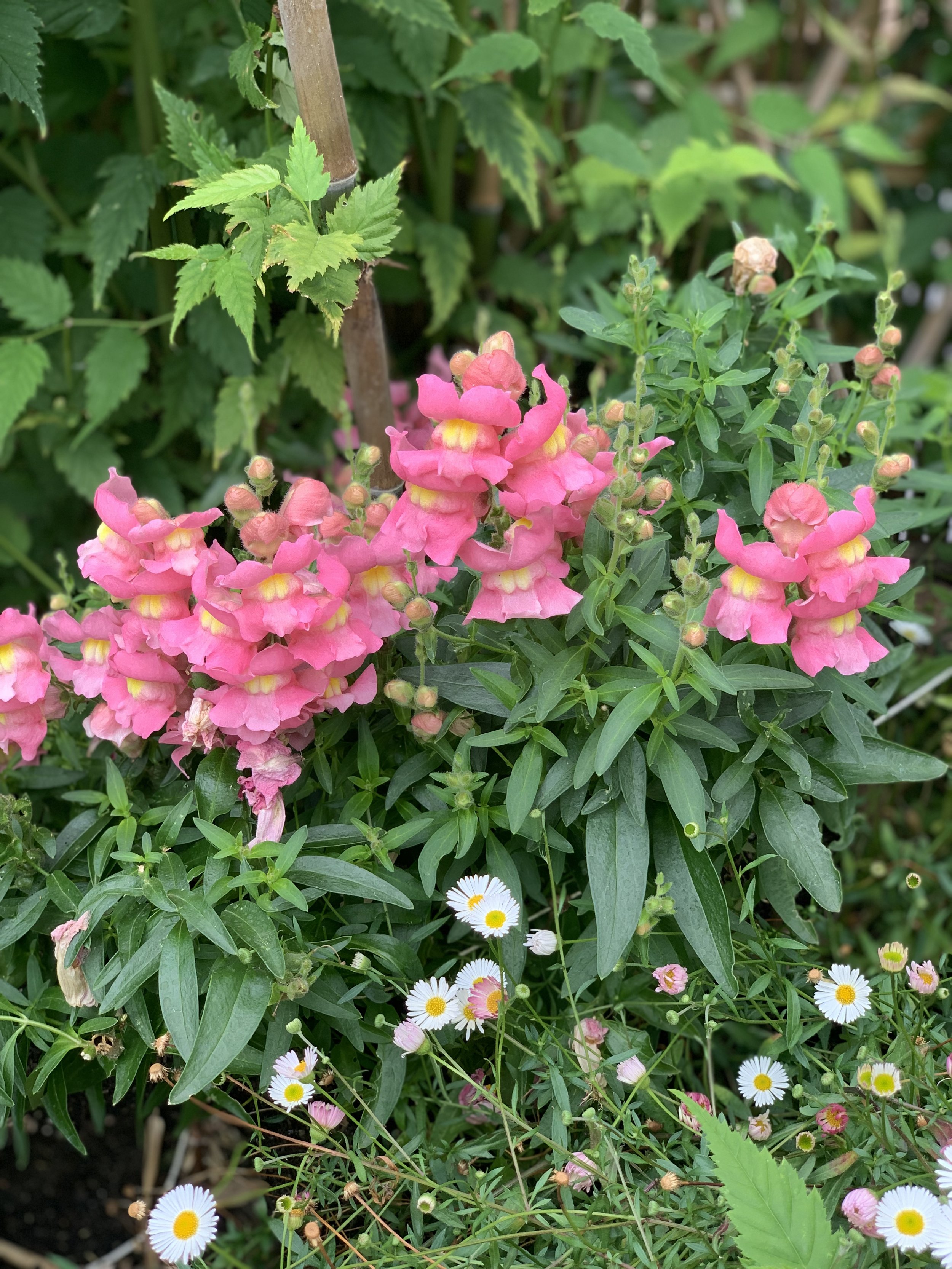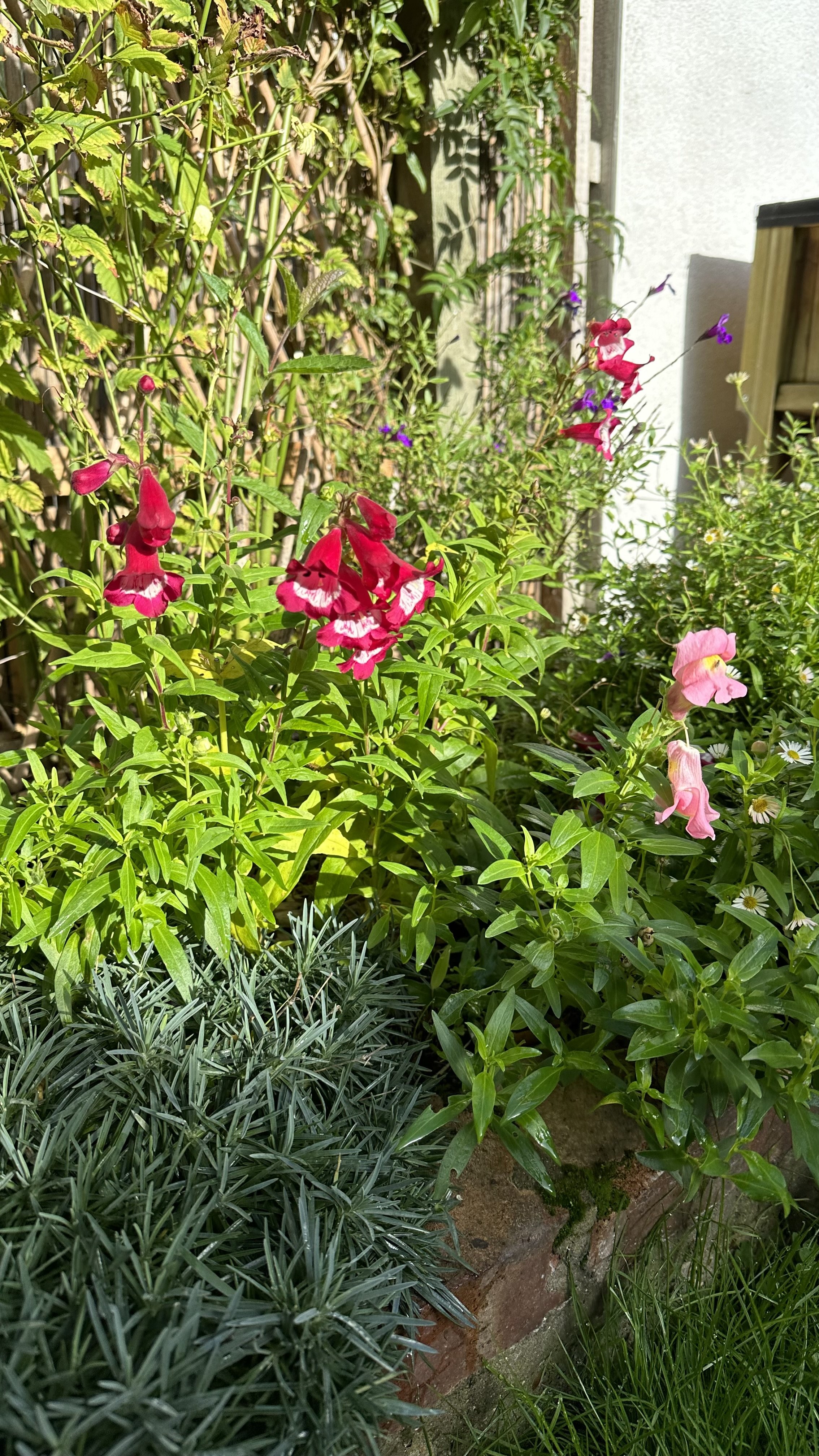Deadheading Snapdragons: A Simple Guide to Promote Blooming
This website is reader-supported - thank you! This post may contain affiliate links. As an Amazon Associate, I earn from qualifying purchases at no extra cost to you.
Snapdragons, Antirrhinum majus, are beautiful plants that produce colorful flowers that bloom throughout the growing season.
Snapdragons produce a significant amount of nectar, making them a valuable source of food for bees, butterflies, and other pollinators.
By planting snapdragons in your garden, you can help support and attract pollinators, which can benefit your garden and the surrounding ecosystem.
To ensure that snapdragons continue to bloom and maintain their plant hardiness, it is essential to deadhead them.
Deadheading is the process of removing the faded flowers from a plant, which encourages the production of new growth and prevents the formation of seed pods.
Here we'll take a closer look at how to deadhead snapdragons, why it's important, and some tips on caring for these beautiful plants.
Fun Fact:
The botanical name for snapdragons is Antirrhinum majus, which comes from the Greek words "anti" meaning "like" and "rhin" meaning "nose".
This is because the flowers of the snapdragon resemble the face of a dragon or a creature with a snout-like nose.
In fact, when you gently squeeze the sides of a snapdragon flower, the "mouth" of the flower will open and close like the jaw of a dragon, hence the common name "snapdragon".
To learn more about the art of deadheading, check out my guides:
How to Deadhead Dahlias for Stunning Blooms
Why Deadhead Snapdragons?
Deadheading snapdragons is an important gardening practice that helps to promote blooming and encourage new growth.
Deadheading is the process of removing spent or faded flowers from the plant before they go to seed.
Here are a few reasons why you should deadhead your snapdragons:
Promote Blooming:
When snapdragon flowers start to fade and go to seed, the plant's energy is focused on seed production rather than producing new flowers.
Deadheading the spent flowers redirects the plant's energy towards producing new blooms, resulting in a more prolonged flowering period.
Maintain Appearance:
Deadheading snapdragons can help keep the plants looking neat and tidy.
When flowers are left to wilt and die on the plant, they are less attractive.
Prevent Seed Formation:
If snapdragons are allowed to go to seed, it can lead to self-seeding and the spread of snapdragons throughout the garden.
By deadheading the flowers, you can prevent the formation of seeds and keep the plant contained in the desired location.
Overall, deadheading snapdragons is a simple and effective way to encourage new growth and maintain a beautiful garden display.
It is an easy task that can be done throughout the growing season, and the benefits are well worth the effort.
Check out my guide:
How to Keep Snapdragons Blooming: Deadheading
Deadheading snapdragons is a simple process that can be done throughout the growing season.
Here are the steps to follow:
Identify Spent Flowers:
Look for snapdragon flowers that are starting to fade or wilt.
These are the flowers that you want to remove.
Locate the Flower Stalk:
Follow the stem of the spent flower down to the base of the plant until you find a new growth point or a set of leaves.
Cut the Stem:
Using a sharp pair of pruning shears, cut the stem just above the new growth point or set of leaves.
Be careful not to damage the new growth point.
These pruning shears are perfect for the job:
Repeat:
Repeat the process for any other spent flowers that you find on the plant.
For more tips, check out my guides:
When to Deadhead Snapdragons
The best time to deadhead snapdragons is when the flowers start to fade or wilt.
Regular deadheading throughout the growing season will help to encourage new growth and prolong the blooming period.
It is important to remove spent flowers promptly, as allowing them to go to seed can reduce the plant's energy for producing new blooms.
Deadheading should be done at least once a week, or as often as necessary, depending on the growth rate of your snapdragons.
If you notice that the flowers are no longer blooming as abundantly as they were earlier in the season, it may be a sign that the snapdragons are spent and need to be removed entirely.
At this point, it is time to cut back the entire plant to encourage new growth and prolong the blooming period.
In general, snapdragons bloom in the summer months, and deadheading should be done throughout this period.
As the growing season comes to an end and the weather turns cooler, snapdragons will naturally begin to fade and go dormant, and deadheading will no longer be necessary.
These are my favorite snapdragons to grow:
Looking for more garden inspiration? Check out my guides:
Erigeron Karvinskianus: Growing Ground Cover for Pollinators
Tips for Deadheading Snapdragons:
Choose the Right Time:
Deadhead snapdragons right after the flowers start to fade or wilt.
Use Clean Pruning Shears:
Use clean pruning shears to prevent the spread of diseases.
These pruning shears are perfect for the job:
For more top tips, check out my guides:
Do you Cut Back Snapdragons for Winter?
Whether or not to cut back snapdragons in winter depends on your local climate and the specific variety of snapdragon you have planted.
In areas where winters are mild and snapdragons are considered perennials, you can cut them back to encourage new growth and prevent overwintering diseases.
Cut back the entire plant to a few inches above the ground, and remove any dead or diseased foliage.
Mulch the area to protect the roots and prevent frost damage.
However, in areas where winters are harsh, snapdragons are typically grown as annuals, and it is not necessary to cut them back.
In this case, you can wait until the first frost kills the plant, and then remove it entirely.
For more inspiration, check out my guides:
Caring for Snapdragons
Snapdragons are generally low-maintenance plants that are easy to care for.
With proper watering, fertilizing, deadheading, and pruning, your snapdragons will bloom beautifully throughout the growing season.
Here is how to care for snapdragons:
Planting:
Snapdragons grow best in well-draining potting soil in full sun to partial shade.
They should be planted in the spring, as soon as the soil can be worked.
Make sure to plant them at the same depth they were in their nursery pots, and water them well.
Watering:
Snapdragons require regular watering, especially during hot and dry weather.
Water them deeply once a week or more often if the soil is dry.
Be careful not to overwater, as snapdragons can be susceptible to root rot.
For more watering tips, check out my guide How to Use Watering Globes.
Fertilizing:
Snapdragons benefit from regular feeding.
Use a balanced fertilizer every four to six weeks during the growing season to promote healthy growth and blooming.
Here is the fertilizer I recommend:
Deadheading:
Regular deadheading of snapdragon flowers is important for promoting new growth and prolonged blooming.
Remove spent flowers by cutting the stem just above a new growth point or set of leaves.
Pruning:
Snapdragons may become leggy over time, and pruning can help to encourage bushier growth.
Cut back the stem by about one-third in the midsummer to promote new growth.
Winter Care:
In areas with harsh winters, snapdragons are typically grown as annuals and do not survive the winter.
In milder climates where snapdragons are perennials, they may benefit from a layer of mulch to protect their roots from frost.
Check out my guide: The Best Alternatives to Traditional Mulch for Your Garden.
Deadheading snapdragons is a simple and effective way to keep these beautiful flowers looking their best all season long.
By removing spent flowers and flower stalks, you can encourage new growth and prolong the blooming period of your snapdragon plants.
Remember to deadhead regularly throughout the growing season to keep your snapdragons looking healthy and vibrant.
With proper care and maintenance, these delightful plants will reward you with a stunning display of colorful flowers that will continue to bloom year after year.
So don't hesitate to get out there and give your snapdragons the care they need to thrive.




































